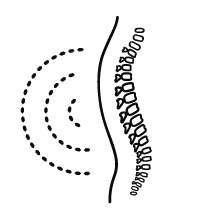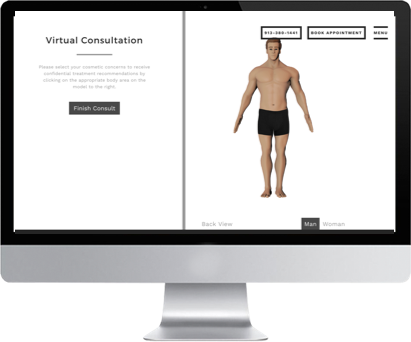Neck & Back Pain Treatments
neck & back stem cell treatments in Kansas City
Chronic neck and back pain can leave you down for the count. Low back pain is a leading cause of disability in the United States alone, and most back pain is due to nonspecific causes.
Motus Biologics can help. Current, traditional treatment options are limited and involve serious risks. Luckily, there’s a natural alternative.
Motus Biologics provides innovative, non-surgical neck & back stem cell treatments in Kansas City for patients experiencing neck and back pain, which helps promote your body’s ability to naturally heal itself. These treatments may prolong, or even eliminate, the need for surgery.
A More Natural Option
Treatment options for back pain can include observation, physical therapy, medication management, injection techniques, and even surgical evaluation. At Motus Bio, you have more natural options than traditional orthopedic surgery. We provide non-operative neck & back stem cell treatments in Kansas City to help your body recover the right way.


What it Treats
Our regenerative treatments can help you manage or even fully eliminate your neck and back pain. If you are experiencing any of these conditions or symptoms, you may be a candidate to receive Motus Biologics cutting-edge neck & back stem cell treatments in Kansas City.
- Degenerative Disc Disease
- Bulging and Herniated Disks
- Pinched Nerves
- Facet Pain
- Cervical Dystonia
- Soft tissue pain (myofascial pain)
How It Works
Motus Bio uses cutting edge technology which utilizes stem cells to provide our patients a natural alternative to invasive surgery for neck & low back pain in Kansas City.
Stem Cells are cells that can help facilitate the healing of injuries to the bone, cartilage, muscle, tendon, ligament, and bone. Motus has extensive training from physicians in the United States with long standing expertise in this field.
Unlike traditional injection treatment for back pain, where the area of pain is treated, we also treat the surrounding areas (including muscles, tendons, ligaments, joints) to help equip the body to heal—not just feel better.
Highly recommend Motus. The team there is just that – a great team – that works together to develop the best course of action in different situations. Dr Michaud is up front, honest, and clear about the pros and cons of stem cell therapy and allows her patients to make decisions without pressure on future therapies. My pain went from an 8 to a 1 and my activities have gone back to almost normal. I’m happy to have done this and highly recommend it to anyone who has the patience to give stem cell therapy a try!
Dr. Michaud is great. She is a doctor who is keen on educating her patients, so they have all the information they need. She and her staff are positive, responsive and helpful. I recommend the office and the procedure completely!
I am so grateful to have found Motus and Dr. Michaud. I had an honest open conversation about the status of my torn labrum and what my options were. She did not dismiss my questions as absurd. She is in the forefront on Stem Cells as a viable treatment. I would recommend anyone thinking of getting surgery that first reach out to Motus first.
I had a stem cell procedure from Dr. Michaud in January of this year on a knee and elbow. After the initial 2 days of soreness (as compared to weeks of pain on a past knee replacement from another surgeon), i began to feel pain relief. Dr. Michaud is so down to earth and pleasant. She plainly and honestly described the entire procedure, and prescribed a great knee brace for me to wear prior to the procedure, which went just as she had explained. I have had a much better quality of life, allowing me to travel, dance, and play golf, vs spend weeks of painful recovery from knee surgery. I would highly recommend Dr. Michaud.


